By Tony Gonzalez, News Virginian
STAUNTON, Va. - There might be about 5 million Igbo people in the United States--and 40 million worldwide--but "people don't know us," says Stan Ogbonna, who grew up in an Igbo state in southeastern Nigeria.
That could soon change as Ogbonna and dozens of Igbos arrive at the Frontier Culture Museum in Staunton, where they're taking turns smacking and patting mud to build traditional houses. The huts will depict Igbo life in Nigeria, the source of thousands of early Virginian slaves.
On a recent weekend, at the receiving end of a line of volunteers passing egg-shaped masses of clay, Ogbonna had the honor of slamming each into place as the foundation of a third mud house took shape.
"This is awesome that somebody realizes that we have something that should be recognized," he said.
Months in the making, the Igbo (EE'-bo) village has gathered steam with an infusion of local volunteers and people of Igbo descent. The walls of two mud houses are rising and educational events are planned throughout the summer, said museum executive director John Avoli.
"What's been missing for us is the African contribution," Avoli said.
Museum leaders chose the Igbo people to represent the African contribution to the American frontier after months of research, including the review of slave-ship records and consultation with experts, he said. About 30,000 Igbos were brought to Virginia as slaves between 1716 and 1755, making up almost 40 percent of slaves in the state.
The village is the first of its kind in the United States, said J. Akuma-Kala Njoku, professor of folklore and anthropology at Western Kentucky University. Njoku is keeping Igbos informed about the project through online communities.
One such group, from the Washington D.C.-area, traveled to the museum Saturday to put in a day's work.
The volunteers worked in shifts, sifting sand and clay to remove rocks, mixing the materials with water, and stomping them into a moldable consistency.
"You dance in it," said Mark Onwuka, head of a D.C.-based Igbo group.
"You know, we're moonwalking in it," laughed friend Boniface Ezeosim.
Then group members passed the clay toward the foundation, where it was slammed into place. Over time, the group will add levels of clay, waiting days for drying. Ultimately, a thatched palm roof will cover the house.
"We want to make sure we impart our culture to our children," said Onwuka, whose parents lived in mud houses in Nigeria.
Ogbonna grew up in one in the 1940s.
"I learned by experience the art of Igbo architecture," he said.
The mud makes for a cool home in tropical Nigeria. Drawbacks include lack of restrooms and easy access for everything that creeps, volunteers said.
Igbos from Chicago are scheduled to work on the houses beginning Wednesday, and Njoku said he expects volunteers from as far as California. Avoli said volunteers from Nigeria hope to join the project as well.
By project's end, the Igbo village will include four houses, a perimeter wall, a traditional garden of yams and livestock including pygmy goats, chickens and guinea fowl.
Subscribe to:
Post Comments (Atom)

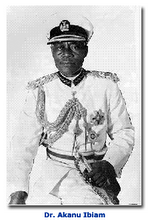
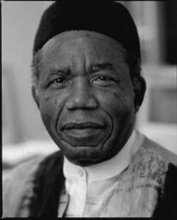


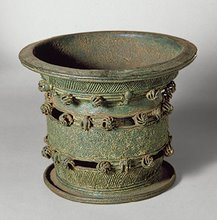
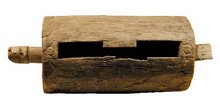
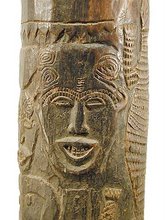
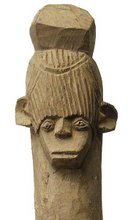
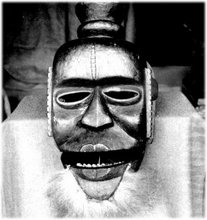

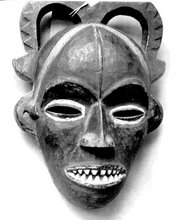
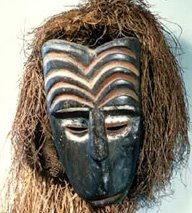
No comments:
Post a Comment